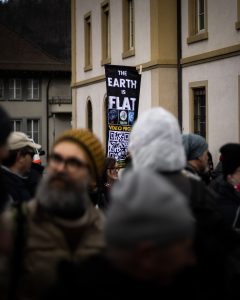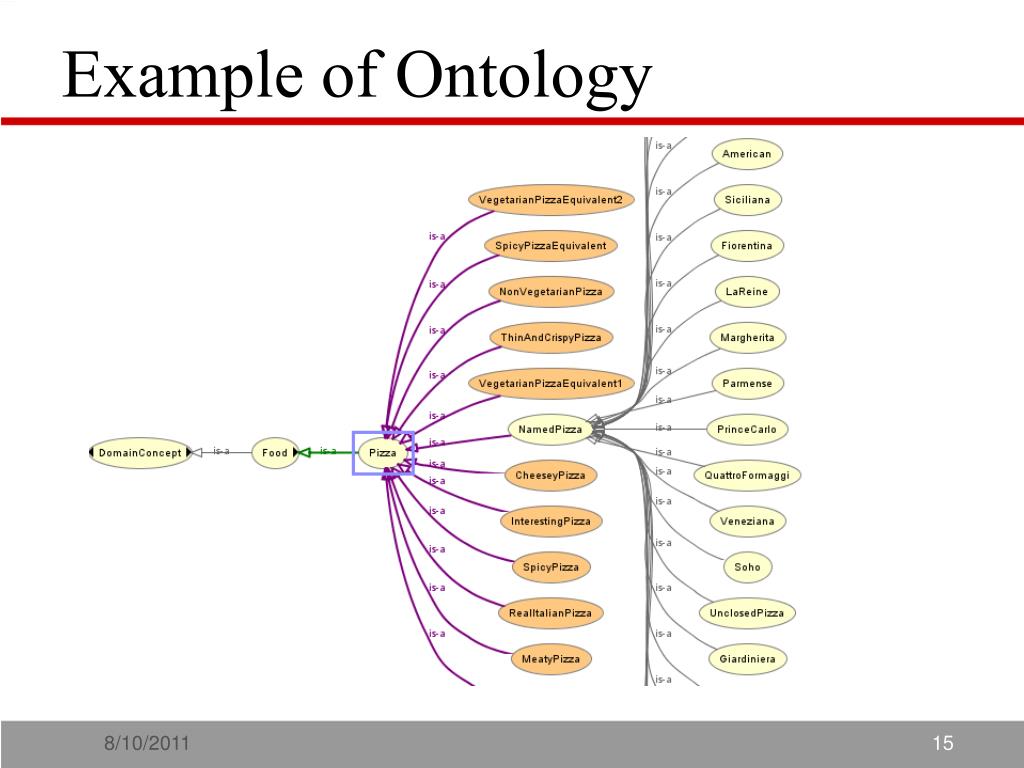The proximate origin of the crisis at Columbia University, which has recently conceded to a range of demands by federal agencies that compromise the institution’s integrity and its members’ academic freedom, is the determination by the Trump administration to punish the university for student-led campus protests over the war in Gaza. These protests reached their peak in late April and early May of last year with the occupation of Hamilton Hall by protesters and their forcible removal by the NYPD. But a strong institution—with strong leadership—would be better able to withstand the Trump administration’s threats and the intimidation tactics and to fight back effectively. Our weakness must, therefore, be regarded as an enabling cause of the crisis—and of the imminent destruction of academic freedom at the university. (While arbitrary and cruel immigration enforcement targeting our students has also been part of the government’s attack on Columbia, the individual cases are varied and it is less clear what the university could do to stop it, so I set this important topic aside for my purposes here.)
Let me first summarize what has happened in recent months. The Trump administration’s approach to Columbia has been to move quickly and without regard for legal or administrative procedure, which has caught the university off-guard. Their campaign against universities, among other institutions, was signalled in a January 27 memo to executive department heads by OMB Acting Director Matthew Vaeth, which inveighed against federal funding for “Marxist equity, transgenderism, and green new deal social engineering policies”. The NIH immediately moved to dramatically reduce its indirect cost recovery rate for grants, which represented a significant cut to funding medical research at universities. While this action has been paused by the courts, Columbia’s medical center reacted by implementing a hiring freeze.
A far more sweeping threat to withdraw $400 million of funding from the university on the grounds of alleged violations of Title VI protections against antisemitism followed on March 7. A follow-up to this letter on March 13 outlined a lengthy set of proposed remedies—including implementing a mask ban during protests, centralizing the student disciplinary process under the Office of the President, hiring public safety officers with arrest powers, and placing the Department of Middle Eastern, South Asian, and African Studies (MESAAS) under receivership—with a deadline of March 20 for a detailed response.
Leading scholars of constitutional, administrative, and antidiscrimination law at our own law school have argued that these actions themselves violate Title VI of the Civil Rights Act and the Constitution. Despite the grave harms to academic freedom and self-governance presented by the Trump administration’s demands and the precarity of their legal basis, the response of the Columbia administration—at that point led by Interim President and medical center CEO Katrina Armstrong—was to comply, swiftly and substantially, with them.
An unsigned letter that was not directly circulated to the university community laid out the extent of our acquiescence. Thirty-six public safety officers with arrest powers are due to be hired. The disciplinary process has been brought under the office of the Provost, who reports directly to the President. A mask ban during protests (with religious and medical exemptions) has been implemented. A Special Vice Provost has been appointed to oversee MESAAS and other academic units concerned with the Middle East.
No explanation has been provided, by Armstrong—who resigned as Interim President without explanation March 28 and has been replaced by the co-chair of the Board of Trustees Claire Shipman—or by the Office of the General Counsel or by the Trustees, why the university chose to comply with the Trump administration’s demands instead of contesting the funding cuts in court—and in the public sphere. Armstrong, it seems, thought that by cultivating a close relationship with Education Secretary Linda McMahon, the worst outcomes might be averted. But significant damage to our reputation and to our community has already been done, and there is no evidence that Columbia has prevented further hostage-taking of federal funds.
The university’s capitulation—part of a broader pattern of civil society institutions bending the knee to Trump since his election, ranging from ABC News to the law firm Paul, Weiss— may well set the tone for other universities, though the University of Pennsylvania is for now fighting back against an announced $175 million cut to its federal funding. This worry is in my view a serious one, and Jason Stanley has cited Columbia’s capitulation in his decision to move from Yale to Toronto. One wonders what might have happened had we stood firm and rallied other leading universities—some sixty of which are under investigation for Title VI violations by the Department of Education—to our side.
In the midst of this spectacular capitulation, senior administrators at Columbia continue to reiterate their commitment to academic freedom in messages to the faculty and to the university community as a whole. But there is no way to square these verbal commitments with their actions.
Academic freedom has both negative and positive dimensions. On the negative side, academic freedom requires independence from both government and private interests in the core academic functions of the university: scholarship and teaching. On the positive side, academic freedom involves the students and faculty of a university having the means to choose and to govern their own intellectual activities. The positive liberty that is part of academic freedom is frequently subject to the whims of administrators, who may choose to reallocate resources to favor certain intellectual disciplines over others. The placement of MESAAS under outside governance clearly compromises the negative liberty of department members to pursue their scholarly work. But events on the Columbia campus may well lead to damage to the positive dimensions of academic freedom, too.
If federal funding is withheld from politically unpopular research—whether into climate change and sustainability, conflict in Israel-Palestine, or the democratic backsliding and incipient authoritarianism of the United States itself—the university must commit itself to the importance of this work. Our enormous endowment—which went up $1.2 billion in fiscal year 2024—affords us a buffer against such political interference. But the choice to make use of the endowment—and more broadly to take steps to defend our scholarly activities—rests in the hands of the Trustees and administrators who seem more inclined to bury their heads in the sand.
In the meantime, students and faculty have begun to raise their voices in protest. As negotiations begin for their next contract, the Student Workers of Columbia union has denounced the university’s new policies while also demanding protections for international students. Faculty members, primarily working through our local AAUP chapters, have organized press conferences and rallies in order to communicate the values and commitments that our university administration refuses to defend. The AAUP, together with the American Federation of Teachers, has also sued the Trump administration on behalf of Columbia faculty members, taking one of the crucial steps the university ought to have pursued.
Our efforts would, of course, be more likely to succeed with the resources the institution could marshal. But we intend to make our voices heard all the same, not least to make it clear that we refuse to collaborate with an authoritarian regime.
It is also a vital moment for those in the philosophy profession to defend the value of free inquiry and to rally public support behind universities—including, but not only, those that are under attack such as Columbia. Philosophers are well-positioned to articulate the value of scholarly work and university-level teaching. We are often called on to justify ourselves in ways that those in more obviously useful disciplines are not. Our training also typically acquaints us with important parts of the history of thinking about education and enables us to draw distinctions and to present arguments with clarity and vigor. I therefore encourage colleagues in the profession to speak and write in public venues. The fight we are facing is informational and cultural, not simply political. It seems likely to be a long one.
The post The Crisis of Academic Freedom at Columbia University first appeared on Blog of the APA.
Read the full article which is published on APA Online (external link)






